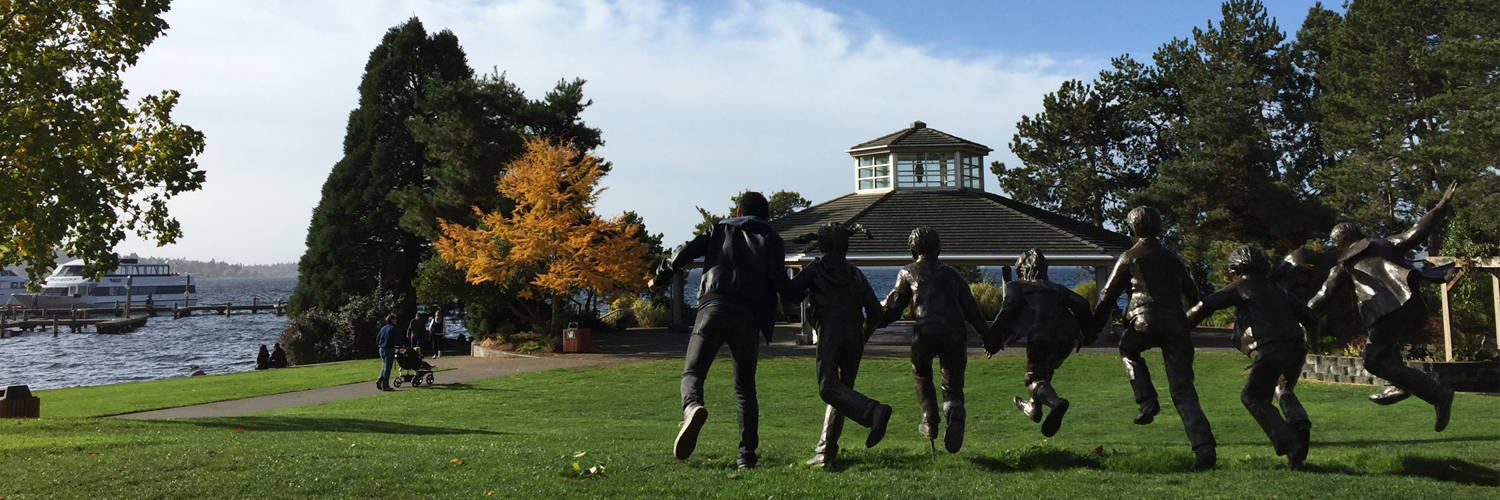Philosophy of Leadership

PHILOSOPHY OF LEADERSHIP
Converging missional clarity and leadership development becomes a dynamic integration when leaders influence a group of individuals to achieve a common mission (Northouse, 2016). As leaders align their values, empower others, collaborate in community, and serve nations, they become the leaders of the future (Lemaster, 2016). Accompanied by a high level of professionalism, their craft embodies a dedication to the world around them with an intentional effort to an ethical decision-making process (Newton, 2016). As a result, their decisions are based on the interests and welfare of others, which are derived from a variety of useful information, priming that influences action (Kahneman, 2011), and professional ethics anchored in service (Newton, 2013). With this commitment, servant leaders seek to serve as the primary means of leading through seven virtuous constructs: agapao love, humility, altruism, vision, trust, empowerment, and service (Patterson, 2003). While authentic leaders live out their True North that aligns others around a shared purpose or vision by empowering them to lead authentically (Craig et al., 2015). As an authentic servant leader, my mission is to believe in people and invite them into a better story. While my True North guides me to encourage, empower, equip, and ekballo (send) laborers into various spheres of society both local and global impact.
Our call is to champion leaders who will in turn champion people. By surrendering control as an ongoing revival from a haunting slow death, leaders are forged through a process of deep change (Quinn, 1996). While their vocational calling enters a continual process of discernment, examination of fruit, and scattering the next round of seed for maximum impact (Crouch, 2008). Through creative spaces where obedience to truth is practiced, leaders are transformed by love to recall and recreate the world around them (Palmer, 1983). Empowered through five leadership competencies: strategic mobilizer, inspiring developer, change catalyst, principled decision-maker, and responsible influencer (Leadership, n.d.), leaders begin to walk in obedience toward truth and into their full potential where their learning environment becomes the launching pad for the rest of their lives. Ultimately, leadership is the call to continuously and generously activate leaders from information to impact to life transformation that in turn leads to the formation of entire organizations and cultures.
References
Craig, N., George, B., & Snook, S. (2015). The discover your true north fieldbook: A personal guide to finding your authentic leadership (Second ed.). Hoboken, New Jersey: John Wiley & Sons, Inc.
Crouch, Andy. (2008). Culture making: Recovering our creative calling. Downers Grove, IL: Intervarsity Press.
Kahneman, D. (2011). Thinking fast and slow. New York: Farrar, Straus and Giroux.
Leadership, M.A.: Competencies. (n.d.). Retrieved from http://www.apu.edu/bas/programs/masters-in-leadership/about/competencies/
Lemaster, G. (2016). Leadership Development and Practice. Personal Collection of G. Lemaster, Azusa Pacific University, Azusa, CA.
Newton, L. (2013). Ethical decision making: Introduction to cases and concepts in ethics. New York, NY: Springer Publishing.
Northouse, P. G. (2016). Leadership: Theory and practice (Seventh ed.). Los Angeles, CA: SAGE Publications.
Quinn, R. E. (1996). Deep change: Discovering the leader within. San Francisco, CA: Jossey-Bass.
Palmer, P. J. (1983). To know as we are known: Education as a spiritual journey. HarperOne.
Patterson, K. (2003). Servant leadership: A theoretical model. School of Leadership Studies, Regent University.